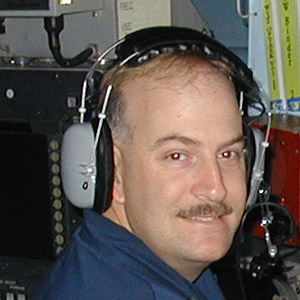 Many individuals who grow up in a military family live many places. This was certainly the case for. Before graduating high school in Tennessee he attended 20 different schools, so school and the military have played a huge influence in his life. After graduating from high school he followed his father’s footsteps and enlisted in the Navy and spent 21 years serving the U.S.
Many individuals who grow up in a military family live many places. This was certainly the case for. Before graduating high school in Tennessee he attended 20 different schools, so school and the military have played a huge influence in his life. After graduating from high school he followed his father’s footsteps and enlisted in the Navy and spent 21 years serving the U.S.
During his military career, he earned his bachelor’s degree, so after retirement from the Navy he landed a job as a network engineer for the Department of Defense working in the executive management area. However, after some time at his job he discovered that he needed to round out his business knowledge.
He realized if he wanted to become the CIO, he needed to earn an MBA. He found his solution at SDSU, when he enrolled in the Executive MBA program. “I actually researched many schools. A friend of mine told me to take a look at San Diego State. I looked at the program and I liked the fact that it had been around for 20 years, it was established. I also liked the fact that when I went on LinkedIn they had very active groups. They were all talking to each other, and I saw that the alumni were very active with the organization. When I went to orientation night, everyone was very upbeat.
Alumni who had graduated 15 or 20 years ago were still active and positive about the program. That’s impressive,” says Hayslip. After starting classes, he discovered there was something else positive about the program: the instructors. “The instructors are top notch. What they are teaching isn’t something they do part time. These are people that the subject they are teaching is their life – it’s what they live and breathe. For example, my statistic instructor, Professor Jim Beatty – I was impressed by how thorough the class was set up, the homework, and his knowledge and what he was bringing to the table to teach us.”
The military prepares you for many things in life, and surprisingly it also prepares you for school. For example, in the military you are asked to take a problem and are told to break it down into pieces and then work on one small piece at a time until you have it completed. This example stresses time management and problem resolution, and they are drilled into soldiers.
Hayslip says that it is beneficial when returning to school, “That’s one thing I have found going back to school. I’ve found a lot of the tools that I learned from the military, I’m using to help coordinate my homework and my study time, since I have my full-time job and two teenage sons who are active in Boy Scouts and cross country. Believe me; if I didn’t have time management down I don’t know how I would be getting through this program.”
Joining the service today is a bit different then it was 30 years ago where most enlisted men joined to travel and see the world. Hayslip says he noticed a change where many Navy men and women are going back to school. “People are now working on their education. I can tell you most of the junior military I work with they ask, ‘What’s a good school here? Where can I go? Who should I talk to? Which kinds of classes are good?’ It’s prevalent now. With the Post-9/11 GI Bill, money isn’t an issue. Now it’s what school, what degree program, who has the better bang for the buck, really. And, for me, that’s SDSU.”




